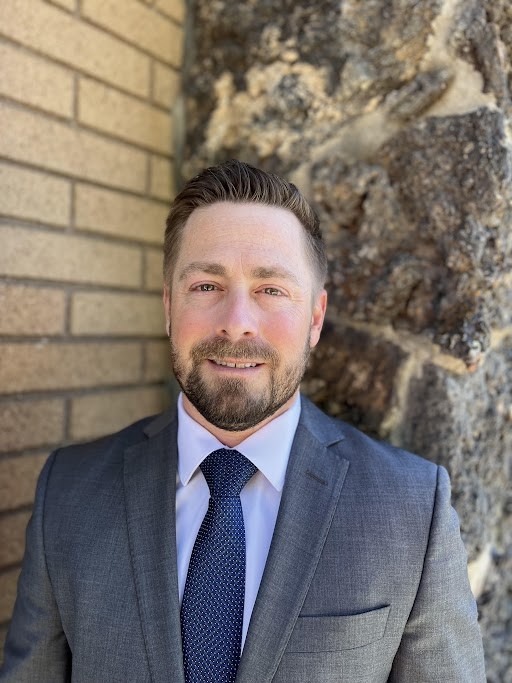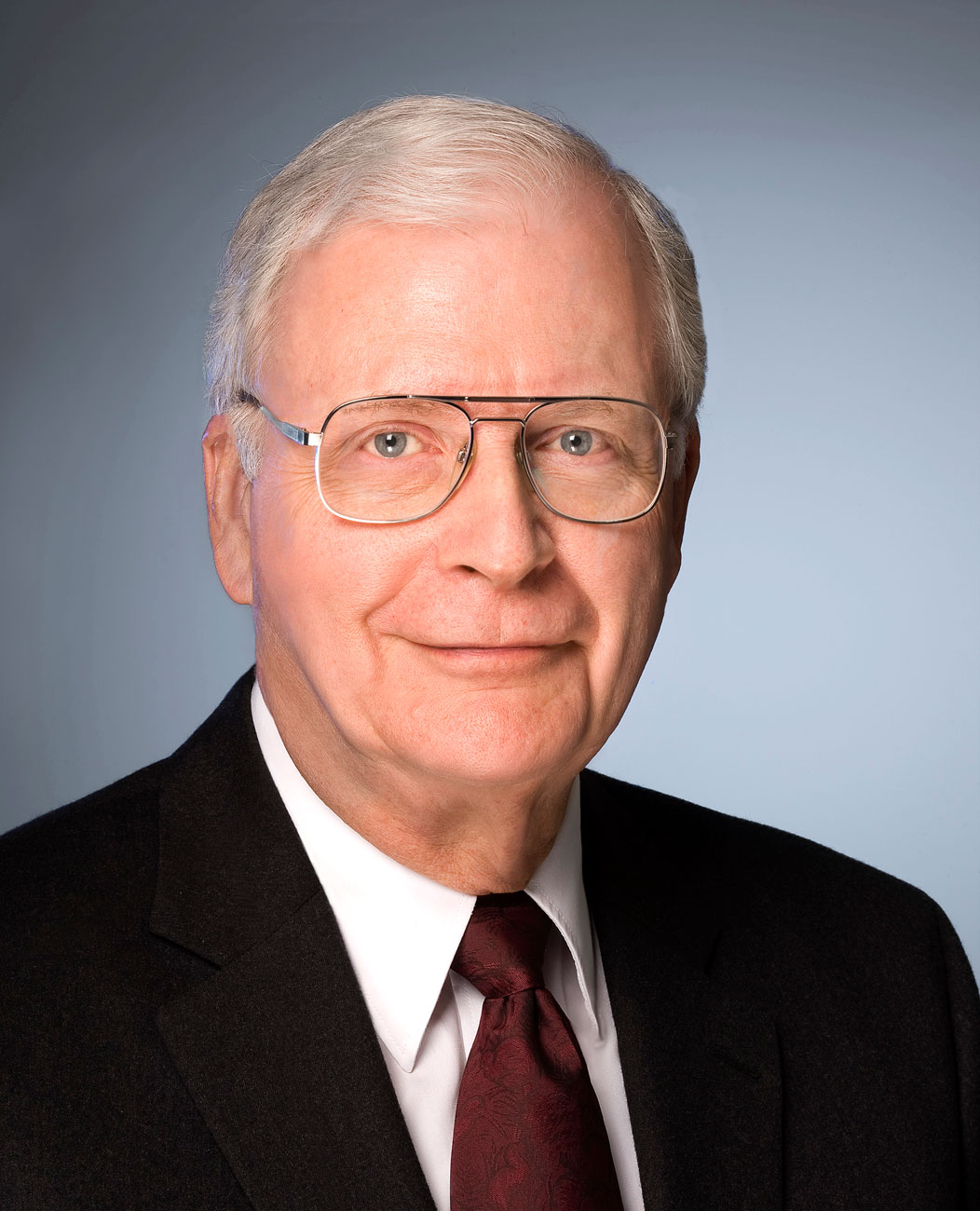Jeffrey Eason, director of the Office of Communicable Diseases at the Utah Department of Health and Human Services, explains how his department is working to prevent transmission of measles during the state's largest outbreak in 30 years; Dr. C. William Keck, former director of the Akron City Health Department and professor emeritus of community health sciences and family medicine at the Northeast Ohio Medical University, shares
Jeffrey Eason, director of the Office of Communicable Diseases at the Utah Department of Health and Human Services, explains how his department is working to prevent transmission of measles during the state's largest outbreak in 30 years; Dr. C. William Keck, former director of the Akron City Health Department and professor emeritus of community health sciences and family medicine at the Northeast Ohio Medical University, shares how academic health department partnerships can benefit jurisdictions across the country; tomorrow, October 30 at 4 p.m. ET ASTHO will host an Insight and Inspiration webinar on finding the clarity to lead with intent; and November 12 at 2:00 p.m. ET is the final webinar in ASTHO and PHF's joint webinar series on academic health department partnerships, providing participants with the opportunity to ask any questions they may have.
Utah DHHS: 2025 Measles Response
PHF Web Page: Academic Health Departments: Core Concepts
ASTHO Webinar: Insight & Inspiration: Finding the Clarity to Lead with Intent
ASTHO Webinar: Ask Me Anything: Academic Health Department Partnerships
JANSON SILVERS:
This is the award-winning Public Health Review Morning Edition for Wednesday, October 29, 2025. I'm Janson Silvers. Now, today's news from the Association of State and Territorial Health Officials.
JEFFREY EASON:
We have a localized transmission right now, but we're seeing spillover into other communities that have so far been able to be contained by the public health efforts of those jurisdictions.
SILVERS:
The State of Utah is currently experiencing its largest measles outbreak in more than 30 years. Jeffrey Eason with the Utah Department of Health and Human Services joins us to explain how his department is working to prevent transmission.
EASON:
So, when we receive a report of a highly suspect case, our local health department investigators immediately conduct case investigations to encourage isolation. They gather exposure information and perform contact management with the goal of providing timely post-exposure prophylaxis to either prevent or modify that disease.
SILVERS:
Utah is also focused on increasing MMR vaccine uptake by making them more widely accessible and addressing vaccine confidence.
EASON:
What we believe is that clinician-patient interaction is one of the greatest opportunities to address vaccine hesitancy. So, to support this, we use our Health Alert Network and infectious disease listserv resources to increase healthcare provider awareness and support that clinician and patient interaction.
SILVERS:
Eason says establishing relationships both inside and outside of the state has been crucial to limiting the spread.
EASON:
It's important to know that this, this- measles, does not care about our borders and our populations moving out- in and out of our state lines very often. So, making sure that we have coordination within our state is critical, but as is working with our neighboring states.
SILVERS:
To learn more about Utah's response to the measles outbreak and check out their measles response web page, head to the link in the show notes.
Academic Health Department partnerships can be used to expand the capabilities of traditional health departments maximizing their impact on communities. Dr. C. William Keck, a professor emeritus at the Northeast Ohio Medical University, shares some of the ways they can benefit jurisdictions across the country.
- WILLIAM KECK:
They provide sites for student practicums, and they give health agencies the opportunity to teach and learn from students, as well as gain access to the skill sets of faculty members and other academic institution resources.
SILVERS:
Keck says these academic partnerships can also facilitate more opportunities for continuing education.
KECK:
Partnering institutions and agencies can more easily meet both SEEF and PHAB accreditation criteria, and we know that partnering public health practice agencies are more likely to be engaged in evidence-based practice and have an enhanced capacity to respond to emergencies.
SILVERS:
To ensure the partnership stands the test of time, Keck recommends institutionalizing the partnership in each setting.
KECK:
Whether spelled out in an agreement or not, important elements of collaboration that bring some manner of permanence in a partnership are things like collaborative education and training efforts, joint research and service projects, shared personnel, and shared resources.
SILVERS:
For those looking for more information, Keck points to the Public Health Foundation website section on academic health departments. You can check out that webpage now. Just click the link in the show notes.
Tomorrow, Thursday, October 30, at 4 p.m. Eastern Time, tune in to ASTHO's Insight and Inspiration webinar, this time on finding the clarity to lead with intent. Join speaker Gaurav Gupta, managing director and head of R&D at Kotter International, to learn how to cut through ambiguity and communicate what is known and what's still evolving during public health events. There's still time to register. You can find the link in the show notes.
Lastly, the final webinar in ASTHO and PHS' joint webinar series on Academic Health Department partnerships is coming up on November 12 at 2 p.m. Eastern Time. In this interactive session, the spotlight is on you. This is your chance to ask us anything, whether you're just getting started or looking to strengthen an existing partnership. This is your chance to get some answers. Don't miss it. Use the link in the show notes to sign up now.
That'll do it for today. We're back tomorrow morning with more ASTHO news and information. I'm Janson Silvers. You're listening to the award-winning Public Health Review Morning Edition. Have a great day.






